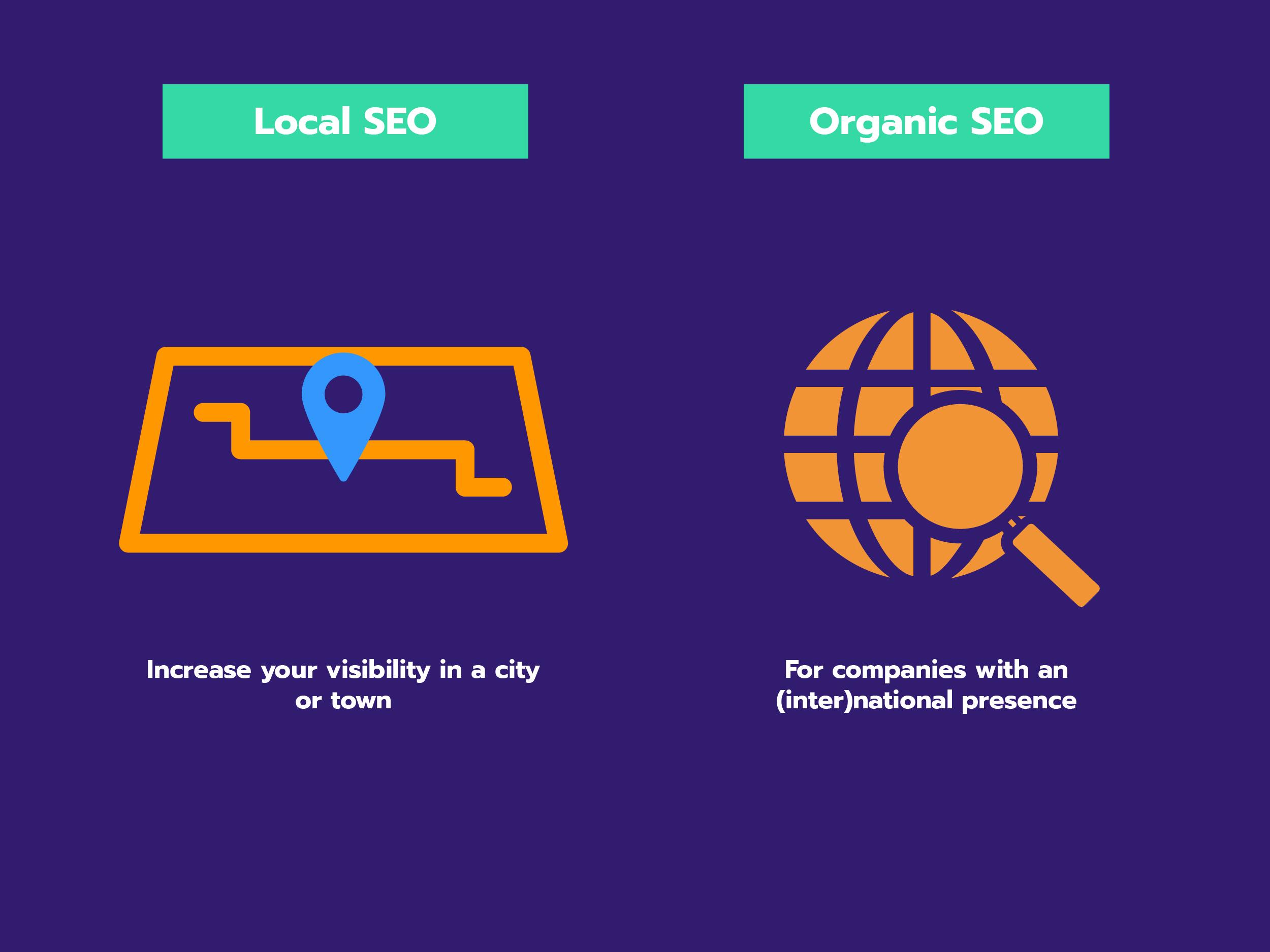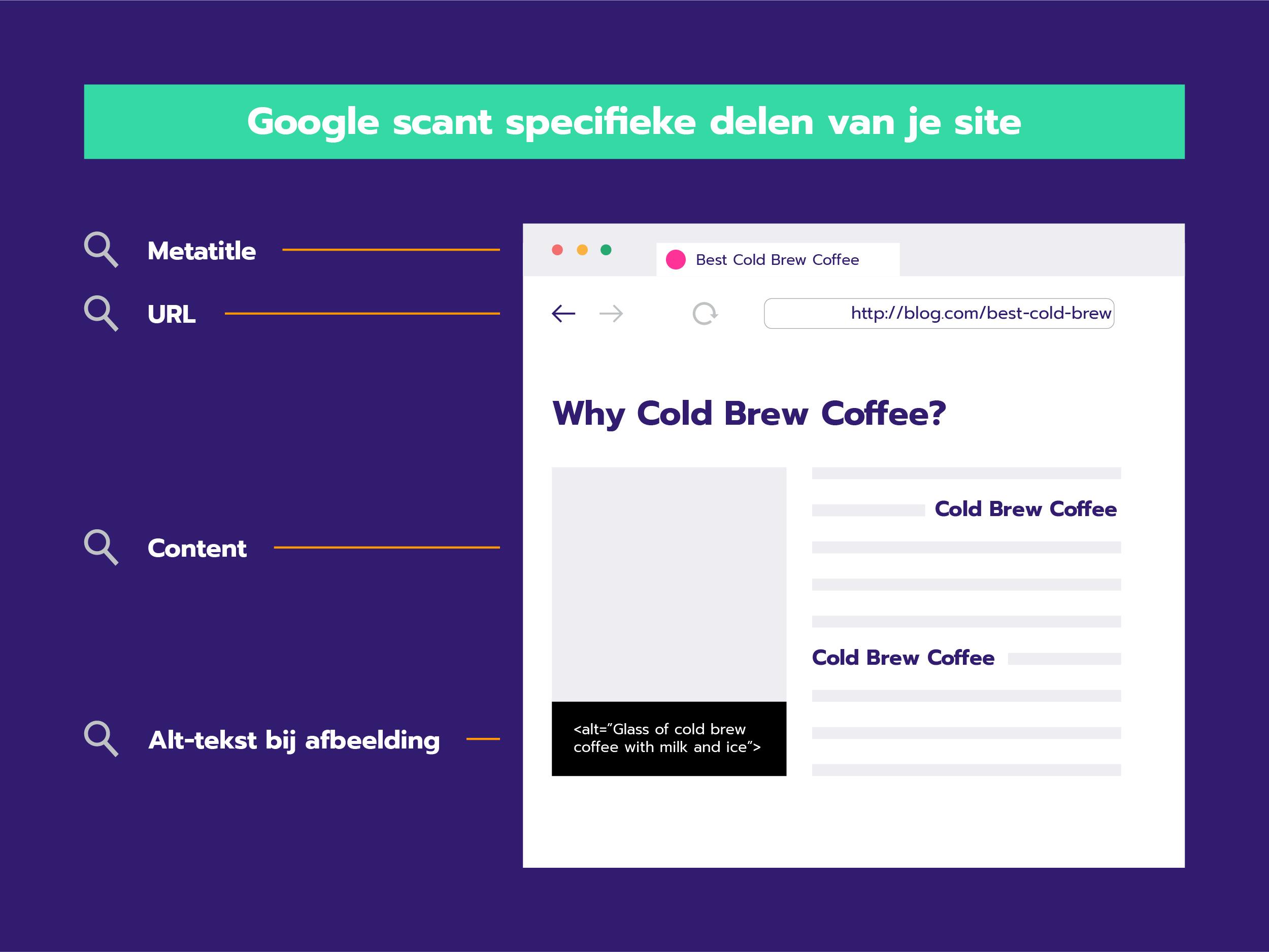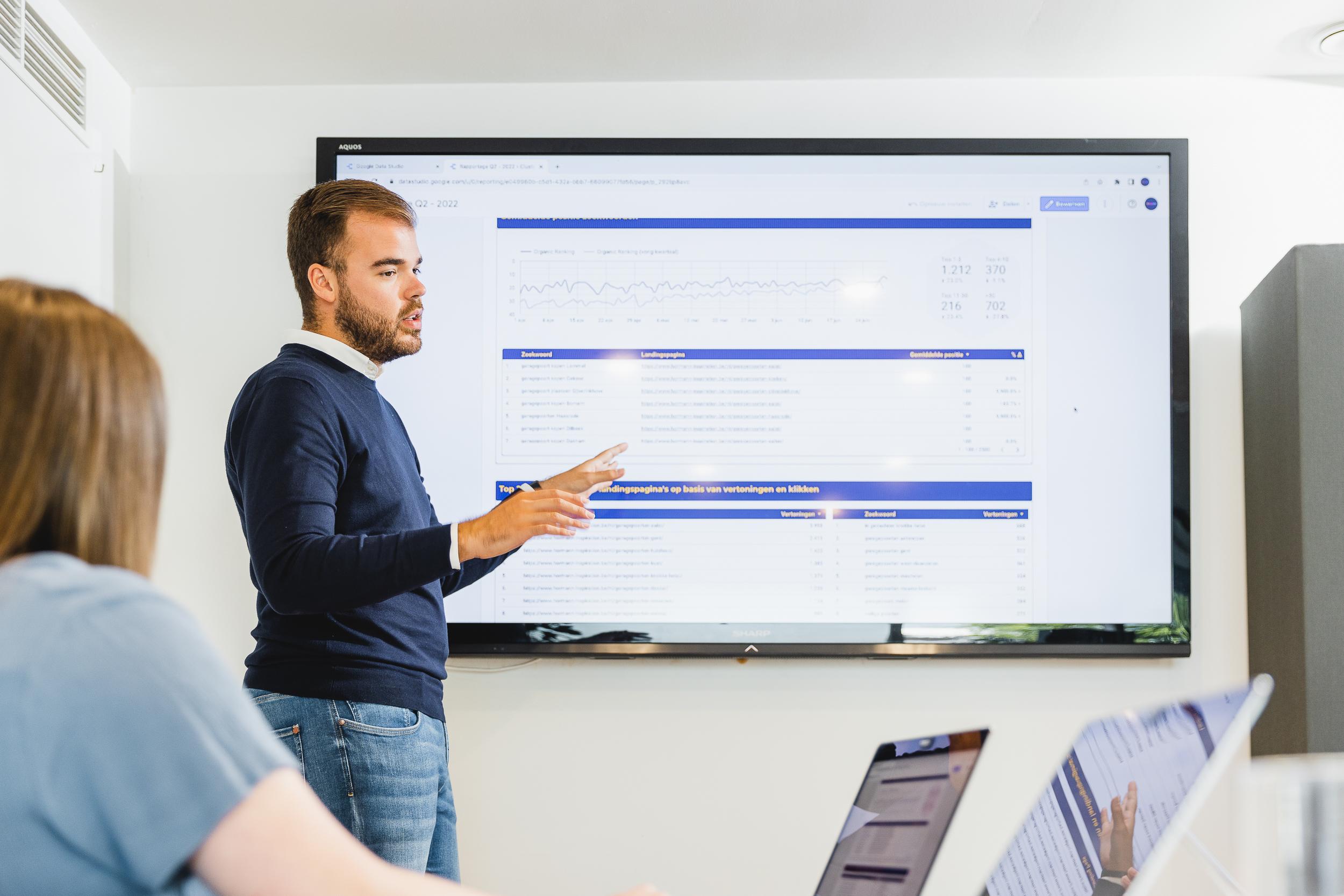The difference between regular SEO and local SEO
Individuals who search for information, a product, service or company, mostly do so online. Every day, millions of searches pass through search engines such as Google and Bing. Companies that appear at the top of search results enjoy more traffic, leads and conversions than those at the bottom of the page. Striving for a top organic position is therefore essential for any business. Strategies that help you in this regard are what is known as Search Engine Optimization (SEO).
Getting found locally in search engines, however, requires a more targeted approach. Local SEO provides more visibility for your business, product or service at the local level. Find out in this article how local SEO differs from regular organic SEO and how to use it effectively.

What is SEO?
SEO stands for Search Engine Optimization. SEO is not a single action, but rather a series of strategies and techniques you can apply to your website and web content. The objective is to make your website rank (organically) as high as possible within the search results of Google (or other search engines). A good idea, when you consider that about 60% of people making a search click on one of the first three results they see.
What is local SEO?
Local SEO is a part of 'regular' SEO. It works in exactly the same way, takes into account the same on- and off-page parameters, but focuses primarily on geographically relevant information to improve organic ranking for local searches. That way, not only do you enjoy online visibility, you also attract more visitors to a physical store.
Where SEO and local SEO overlap
Because local SEO is part of the larger SEO whole, there are obviously many similarities between the two strategies. Both work to achieve higher rankings, increased visibility and traffic. Almost everything you need to pay attention to in a regular SEO strategy therefore also needs to be taken into account in local SEO. Except that with local SEO, it is applied more specifically to the Internet user's local search intent and often requires different nuances.
- Content (keywords and on-page parameters) has long-tail keywords with local search intent as the focus.
- Link building, in the case of local SEO, is done with local link partners.
- Technical SEO also needs to be on point, but with an additional focus on duplicate content and crawlability (if creating large numbers of landing pages, one per location or region where you definitely want to be found).
SEO vs. local SEO
Despite the many similarities between local SEO and a regular SEO strategy, there are nonetheless obvious differences between the two. Local SEO has a different approach in three areas in particular, namely search intent, modifiers and content creation
1. Search intent
While regular organic search results provide informational and transactional content to a broad audience, the buying intent is a lot higher with local search. Indeed, Internet users are looking for companies that offer the desired product or service nearby, or that deliver it to their homes. For example, doctors, plumbers, restaurants, hotels or shoe stores. Incidentally, around 80% of all local searches end in a conversion. And you want to get a piece of that action as a company, right?
2. Modifiers
So what exactly does a local search look like? In principle, it has the same structure as a regular search, only a geographical location is added. 'Car repair in Ghent,' for example. Moreover, local searches tend to be longer than normal searches. Compare the local "ordering fuel oil in Bruges" with the generic "fuel oil". Local SEO therefore focuses primarily on long-tail searches. This of course goes hand in hand with the first point above, because the longer and more nuanced the keyword, the more targeted someone is looking for a specific item, and therefore the more likely a conversion will occur.
3. Content creation
On regular SEO landing pages, there are certain rules for optimising content. For example, the page should be based around a few important keywords, cleverly inserted in specific places such as in the H1, URL and metadata, among others. With all these parameters, there is little difference between regular SEO and local SEO, other than the fact that different keywords (with or without local intent) will be used. Only the content itself, including text, visuals and possibly other content forms, requires a customised approach: a user searching for products or services within a specific region only wants information that is nuanced and specifically applicable at that location (and not general explanations). For example, such a local user may wonder whether the delivery times and costs are shorter/lower because of the shorter distance, which local pick-up points are available, whether there are any references or cases from the vicinity, ideally also supplemented with relevant (local) images ... In order to really capitalise on this local intent and convince the user of your authenticity, you need more than just a few adapted keywords.

Local SEO requires different strategies
If you want to achieve strong (local) organic results, you need to adjust the on- and off-page parameters according to the customer's location. Although every SEO approach optimises your site for search engines, as a business you can take several additional steps to facilitate things for Internet users with local search intent even more effectively.
- Create a Google Business Profile and sign up to other online local business listings (e.g., Yellow Pages).
- Post various kinds of content online (blogs, social media, photos of the physical store, etc.) and try to focus it on the location-specific pages of your website as specifically as possible for each location in question.
- Use location-specific keywords in the web copy.
- Post customerreviews in your Google Business Profile or on your website, and take care of reputation management.
- Make sure your site is mobile-friendly, because the level of local intent is higher on mobile devices.
Get results with a local SEO strategy
Although regular SEO and local SEO both provide organic optimisation for your website, sometimes they generate different results. This is not illogical, because the focus of local SEO pages is slightly different.
- Website visitors of local pages are by definition more qualitative. A local search is accompanied by buying intent. If the person then lands on your local landing page, you know they are already much further along in the purchase process. For this reason, local SEO has a better chance of conversion than regular SEO.
- Local pages typically attract less traffic than their generic, non-local counterparts. This is because the search is more specific and, logically, less searched for. As explained in the point above, that smaller volume of traffic is however more qualitative. So don't focus on the lower search volume or lower number of users, but look instead mainly to the conversions that result from both (and what the cost is to keep a high ranking for both pages, because even that will end up being much more expensive with the generic version).
- Unlike regular SEO, local SEO has an impact on physical store visits, especially for businesses that offer products or services locally or have a physical store in the vicinity. The Internet user performs a local search, finds a business that offers what they are looking for, and visits the store.
- Advertising with local pages is more advantageous. Local landing pages appear for a local search and the content on the page matches it perfectly. In fact, information about both the keyword and the specified location is processed. The quality score of the page goes up, whereby the cost per click goes down. A win-win!
- For local SEO, you don't need a big budget. With a few tweaks to your standard SEO strategy (and thus the standard budget), you can achieve a lot. What's more, a Google Business Profile is completely free. However, if you start writing local landing pages en masse, your copywriter's bill quickly runs up. Therefore, consider other options to generate local pages. Like SEO tool Tailpage, for example.
If you haven't started out with local SEO yet, but already have an overall SEO strategy, taking the first step is easy. With a few small tweaks, you can weave local content into website texts and attract an engaged audience to your site.
Download our white paper
The basics of local SEO
Want to learn more about SEO and local SEO? Then download our white paper here!



